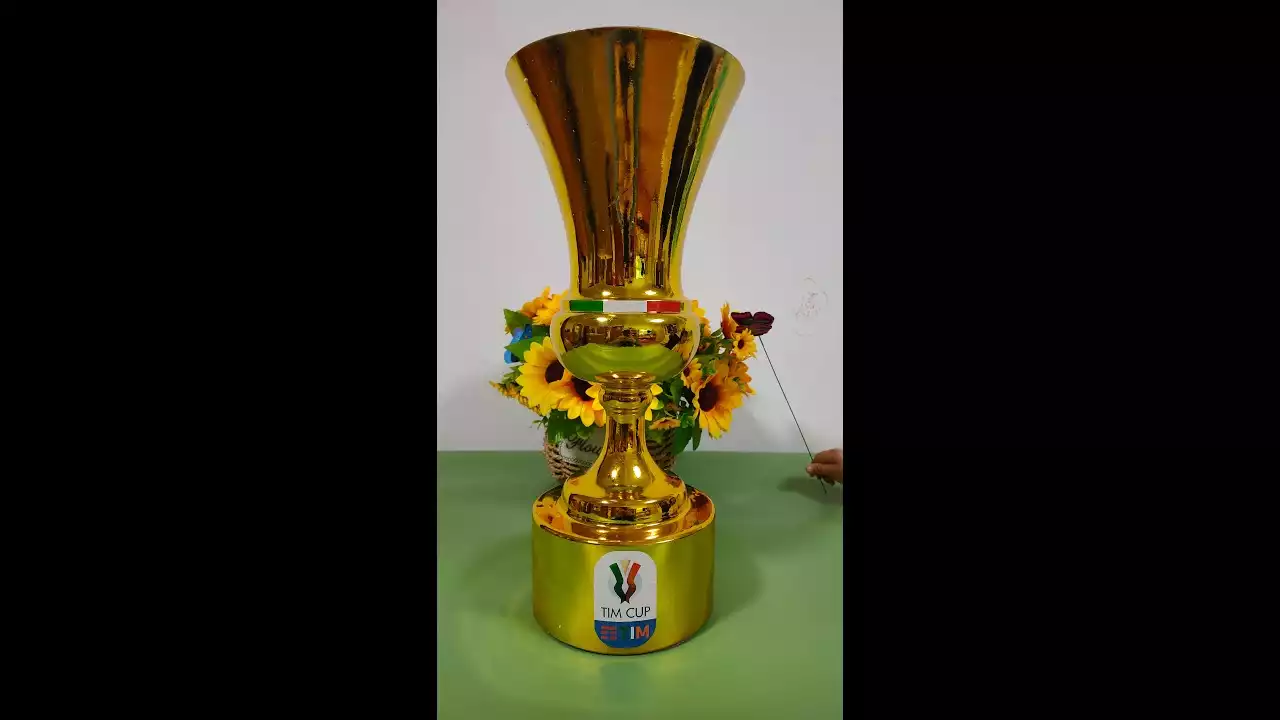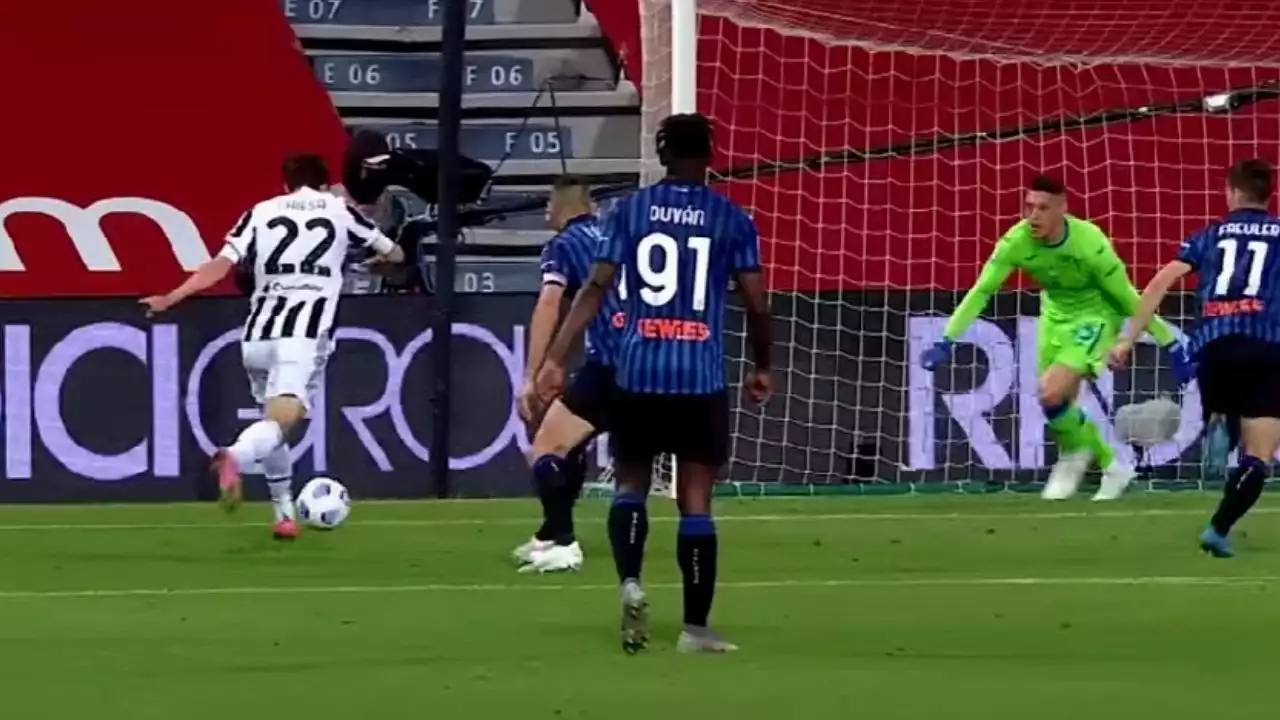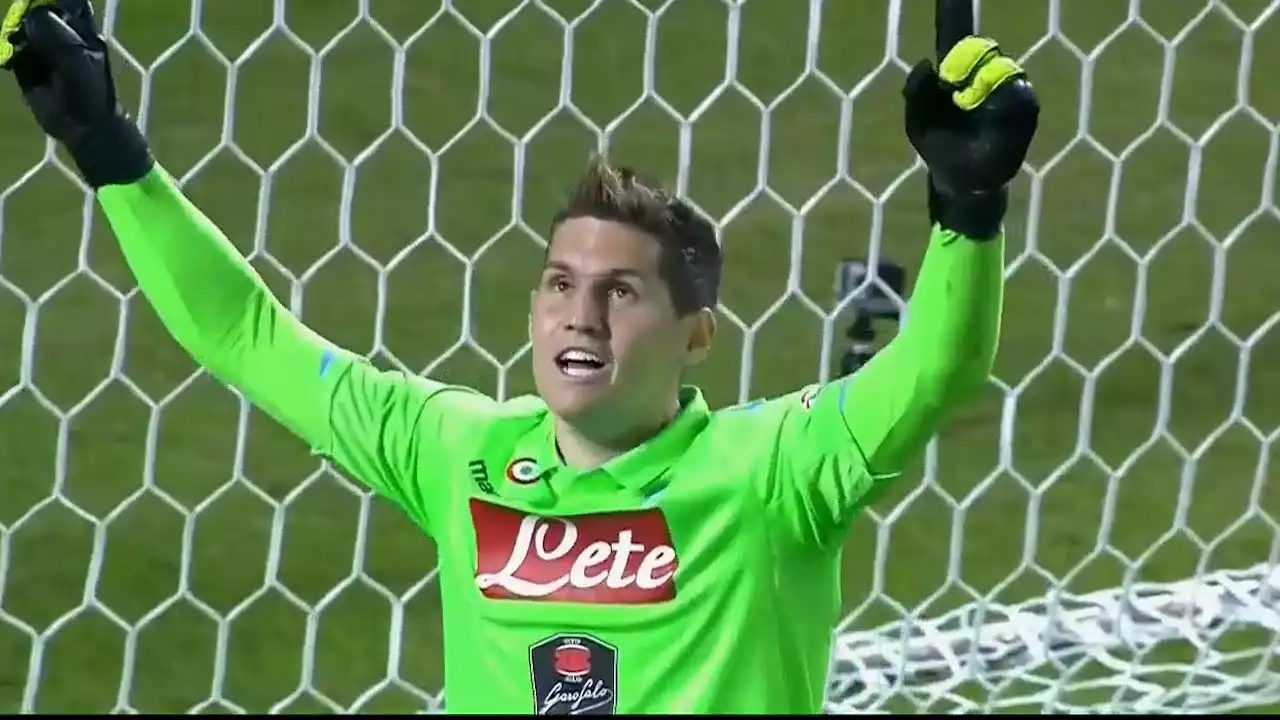Overview of the semi-final format
The Coppa Italia semi-finals are distinct from other stages of the competition because they are played over two legs. This means that each team plays one match at home and one match away, with the aggregate score determining the winner. The team with the highest total score after both matches advances to the final. This format has been in place for many years and has become a defining characteristic of the Coppa Italia.
History of the two-legged semi-final
The two-legged format for the Coppa Italia semi-finals has a rich history that dates back to the early days of the competition. It was first introduced in the 1960s as a way to increase competitiveness and fairness. Prior to that, the semi-finals were played as a single match, which sometimes led to unexpected outcomes and the potential for luck to play a significant role.
Reasons for using a two-legged semi-final
One of the primary reasons for using a two-legged semi-final in the Coppa Italia is to ensure fairness and reduce the impact of luck on the outcome of the matches. By playing two legs, both teams have the opportunity to showcase their skills and overcome any disadvantages they might face in a single match. This format allows for a more comprehensive evaluation of each team's abilities, as it requires consistency and performance across two separate games.
Another reason for the two-legged format is that it increases revenue for the competition. With two matches, there are more opportunities for ticket sales, advertising, and television rights, generating greater financial benefits for the clubs and organizers. The increased revenue can contribute to the overall growth and development of Italian football.
Furthermore, the two-legged format allows for more tactical variations. Teams can adapt their strategies based on the result of the first leg. If a team is trailing after the first match, they have the opportunity to regroup, analyze their opponent's tactics, and make necessary adjustments for the second leg. This strategic element adds an extra layer of excitement and intrigue to the competition.
Comparison with other cup competitions
The two-legged format used in the Coppa Italia semi-finals sets it apart from other cup competitions around the world. In many other countries, including England and Spain, the semi-finals are played as single matches at neutral venues. This format has its own advantages, such as creating a sense of occasion and eliminating any potential home advantage. However, the two-legged format in the Coppa Italia offers unique benefits and has become an integral part of Italian football culture.
Advantages of the two-legged format
The two-legged format for the Coppa Italia semi-finals offers several advantages. Firstly, it provides teams with a fair chance to showcase their abilities over two matches, reducing the impact of luck and increasing the likelihood that the better team will progress to the final. This fairness is crucial in determining the true winner of the competition.
Secondly, the two-legged format increases revenue for the clubs and organizers. With two matches, there are more opportunities for ticket sales, advertising, and television rights. This financial boost can have a positive impact on the clubs' budgets and help them invest in player development and infrastructure.
Additionally, the two-legged format allows for more tactical variations. Teams can analyze their opponents' strategies in the first leg and make necessary adjustments for the second leg. This adaptability adds a strategic element to the competition and keeps fans engaged throughout both matches.
Disadvantages of the two-legged format
While the two-legged format has its advantages, it also has some disadvantages. One of the main criticisms is that it can lead to a lack of urgency in the first leg. Teams may adopt a cautious approach, focusing on not conceding rather than taking risks to secure an advantage. This can result in less entertaining matches and a slower pace of play.
Another disadvantage is the potential for injuries and fatigue. Playing two matches within a short period can put a strain on players' bodies, increasing the risk of injuries. This can have a significant impact on a team's performance and potentially affect the outcome of the second leg.
Controversies surrounding the two-legged semi-final
Over the years, there have been controversies surrounding the two-legged format for the Coppa Italia semi-finals. Some critics argue that it gives an unfair advantage to the team that plays the second leg at home. They claim that the home team benefits from the support of their fans and the familiarity of their own stadium, creating an uneven playing field.
To address these concerns, some have suggested alternate formats, such as neutral venues for both legs or a single match played at a different location. However, the two-legged format remains the preferred choice due to its historical significance and the unique advantages it brings to the competition.
Possible alternatives to the two-legged format
While the two-legged format is deeply ingrained in the history and tradition of the Coppa Italia, there have been discussions about potential alternatives. One option that has been explored is the introduction of a single-match semi-final played at a neutral venue. This format would eliminate any potential home advantage and create a sense of occasion for the match. However, this alternative would also remove the strategic and tactical elements that the two-legged format provides.
The decision to use a two-legged format for the Coppa Italia semi-finals has been driven by a desire for fairness, increased revenue, and strategic variations. While it has its advantages and disadvantages, this unique format has become an integral part of Italian football. It adds an extra layer of excitement and intrigue to the competition, ensuring that the best teams come out on top.










.png?size=50)